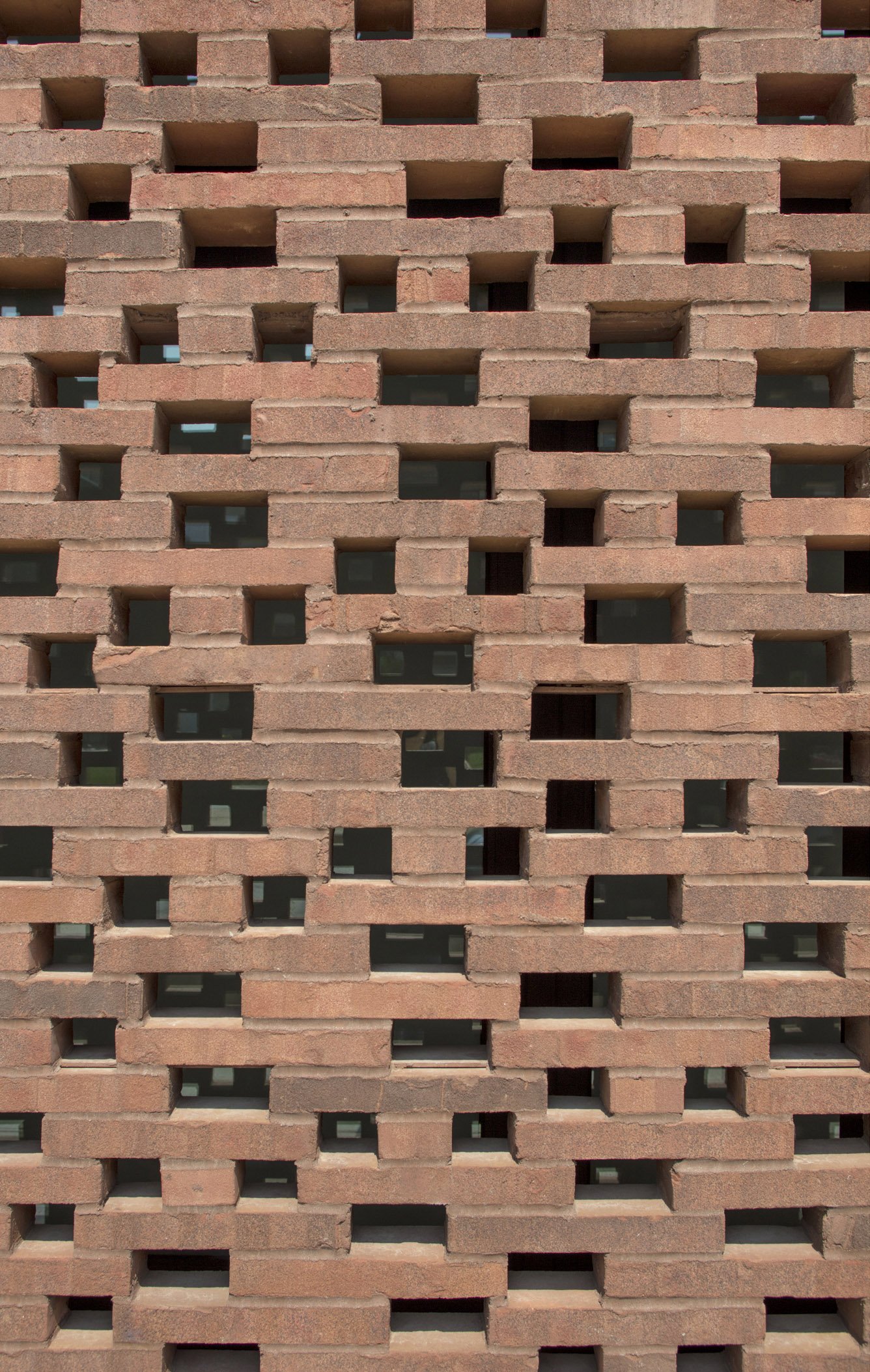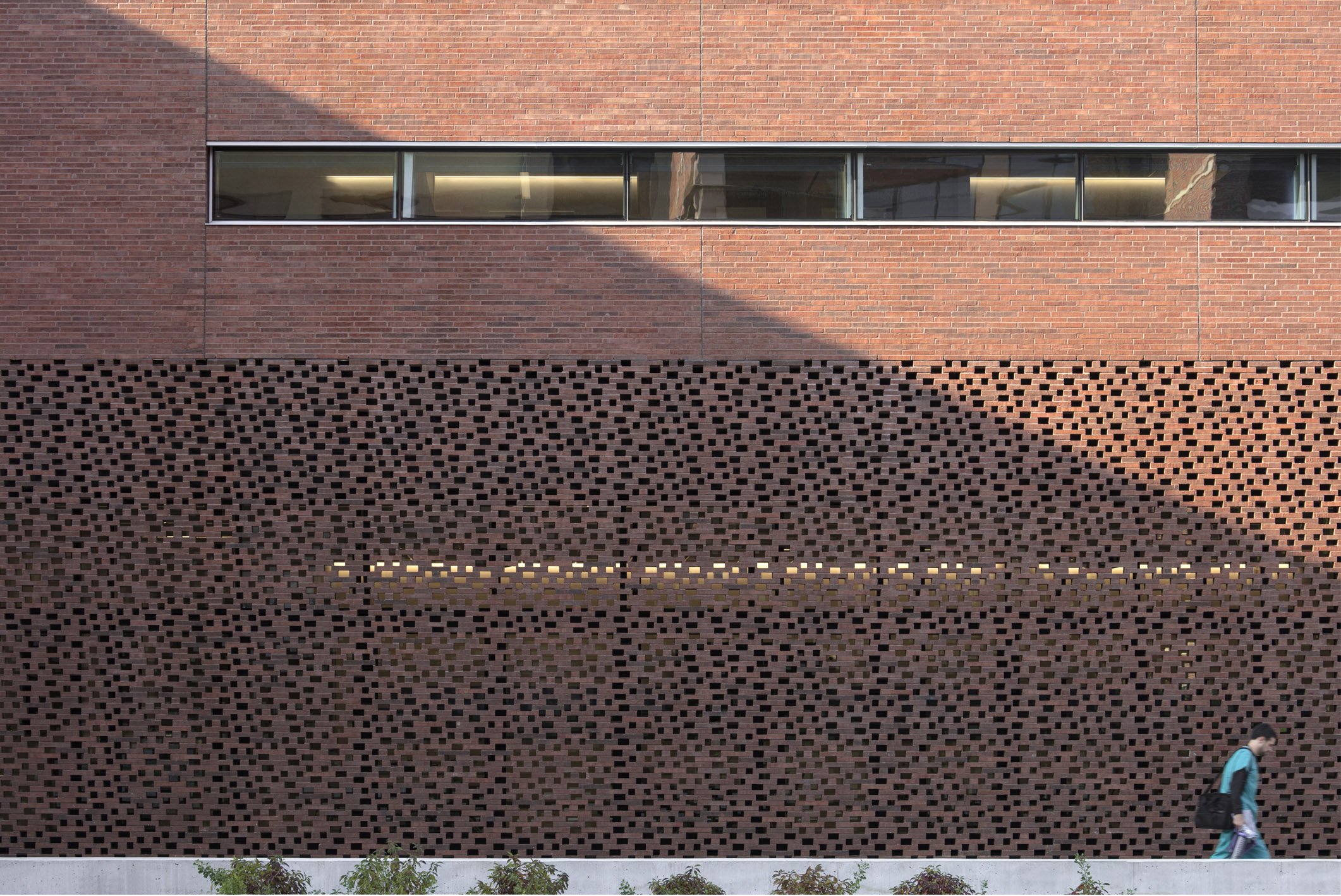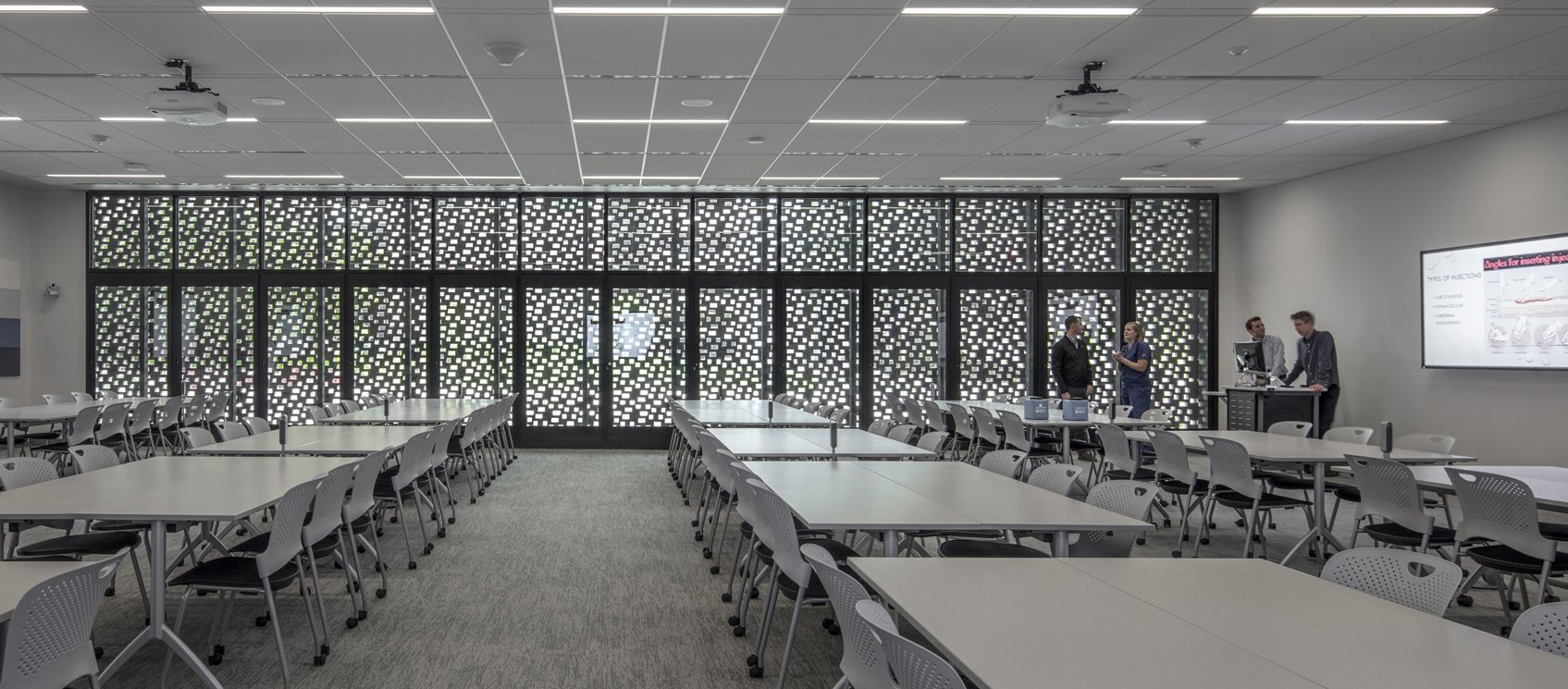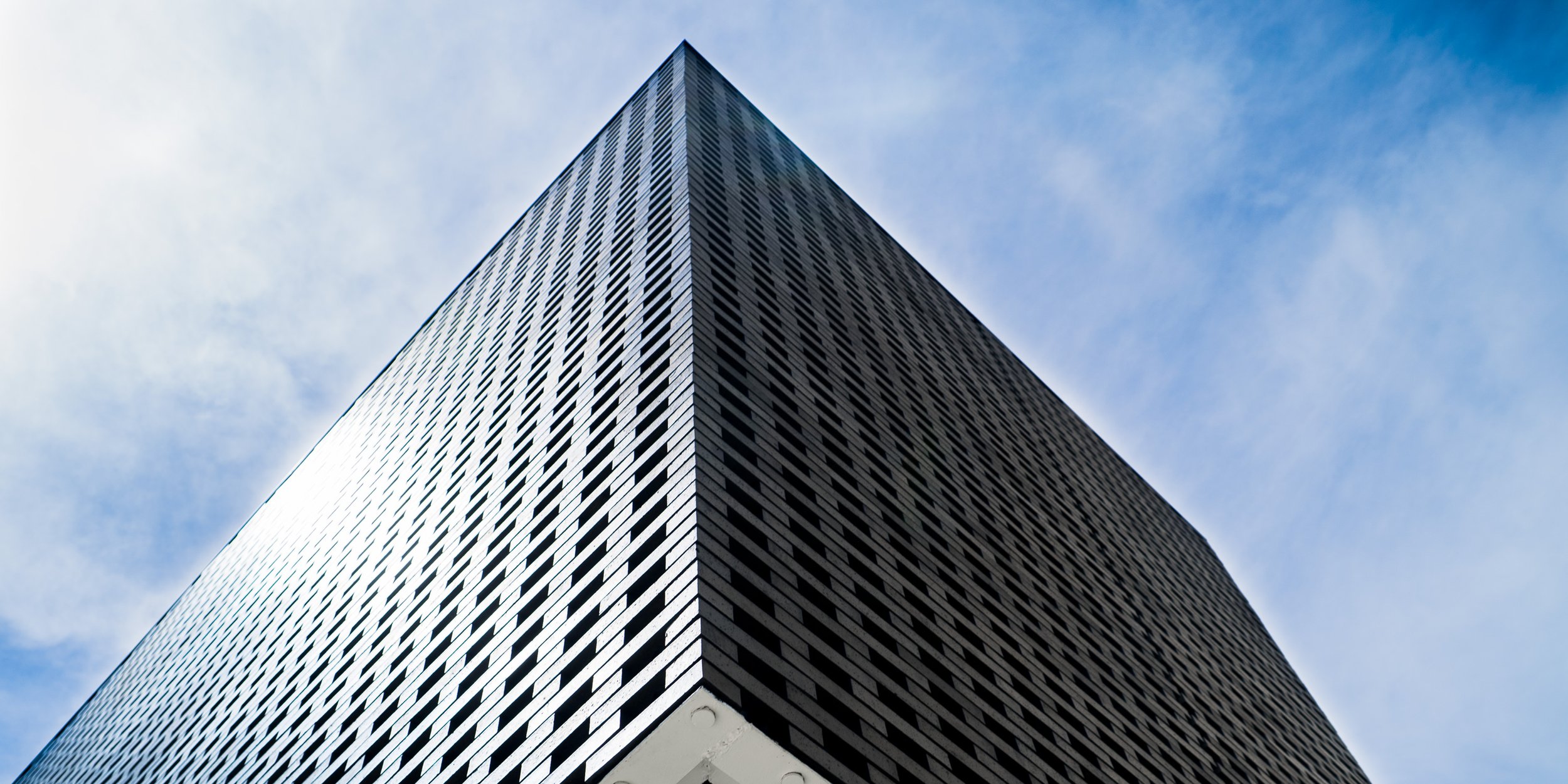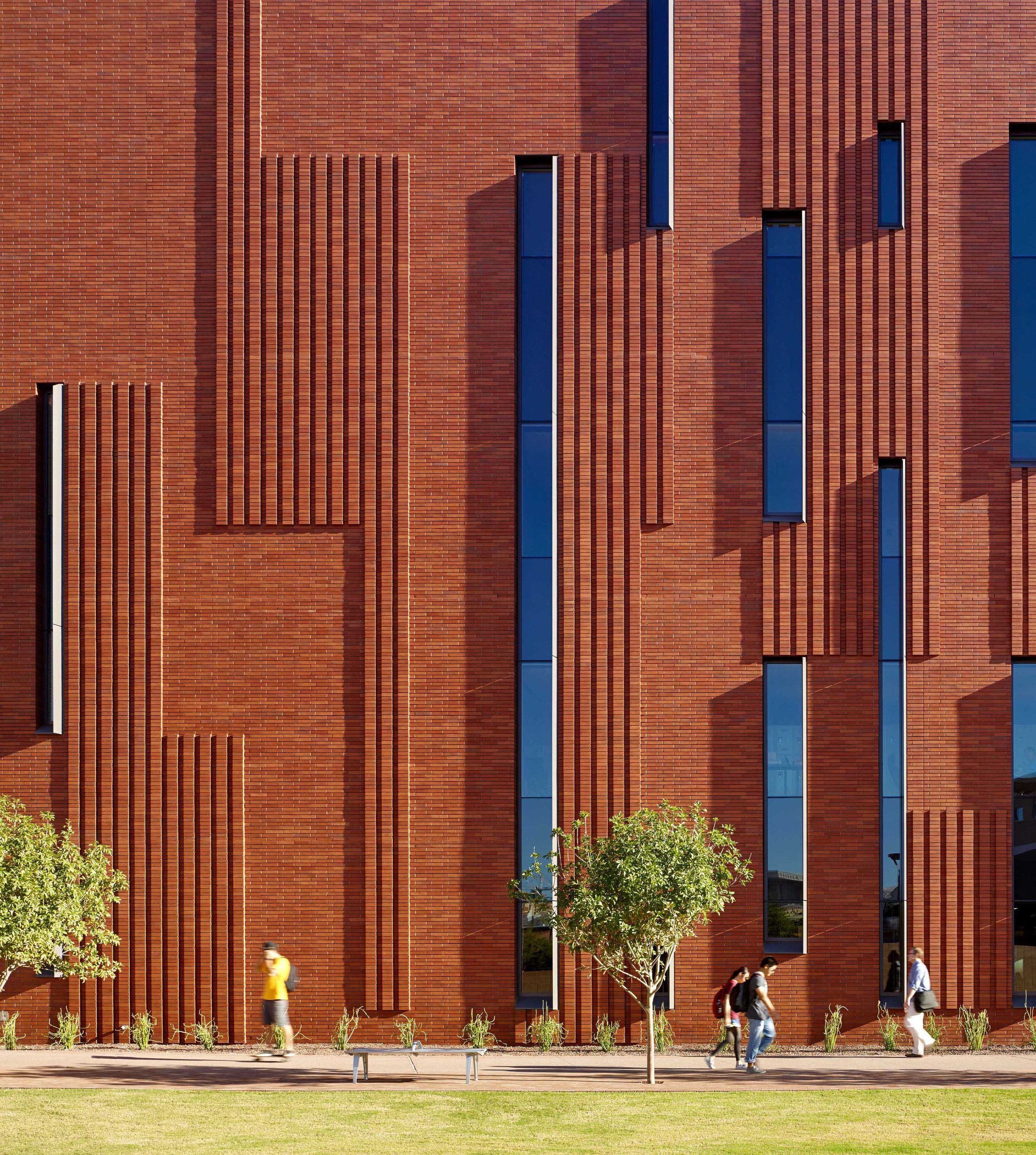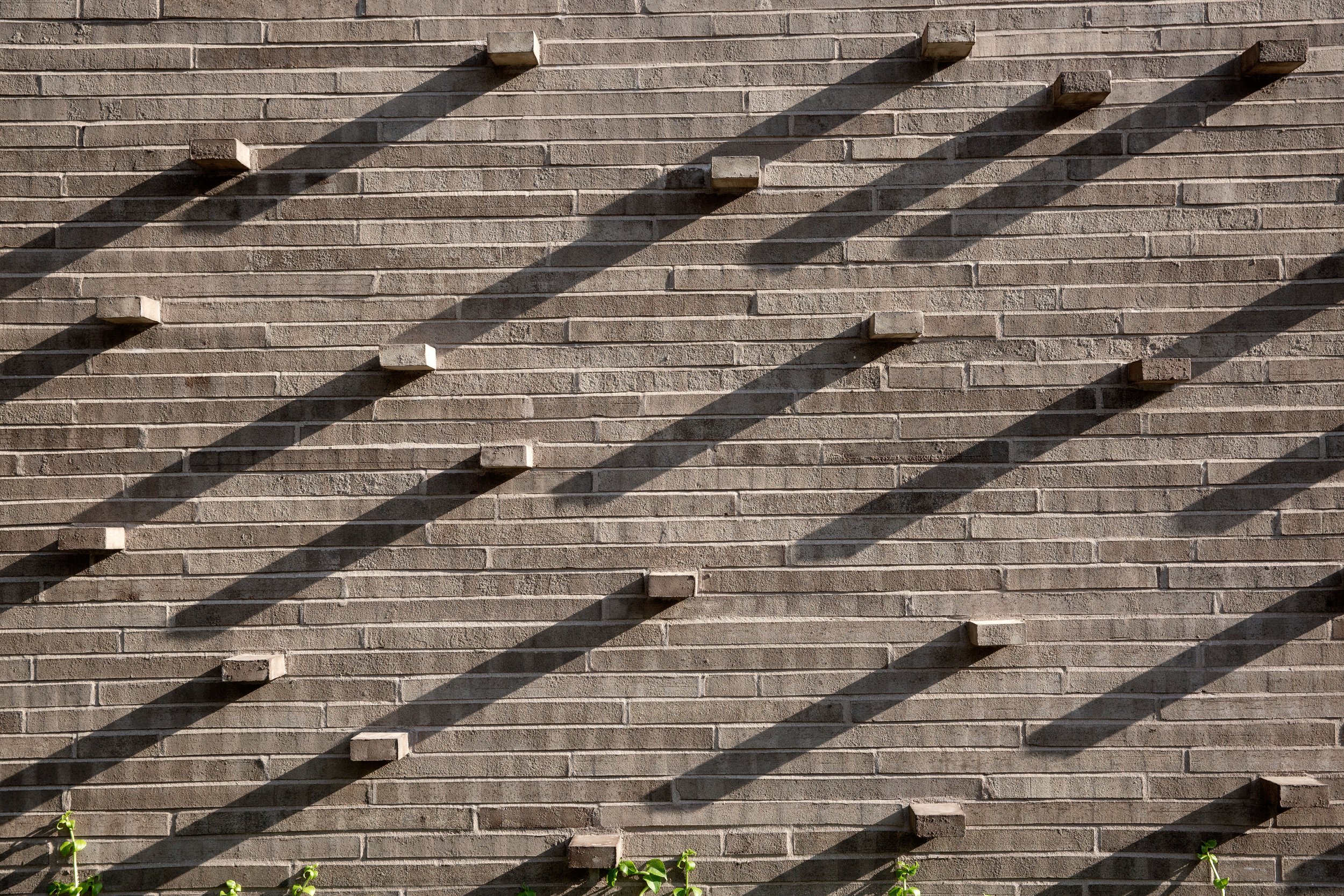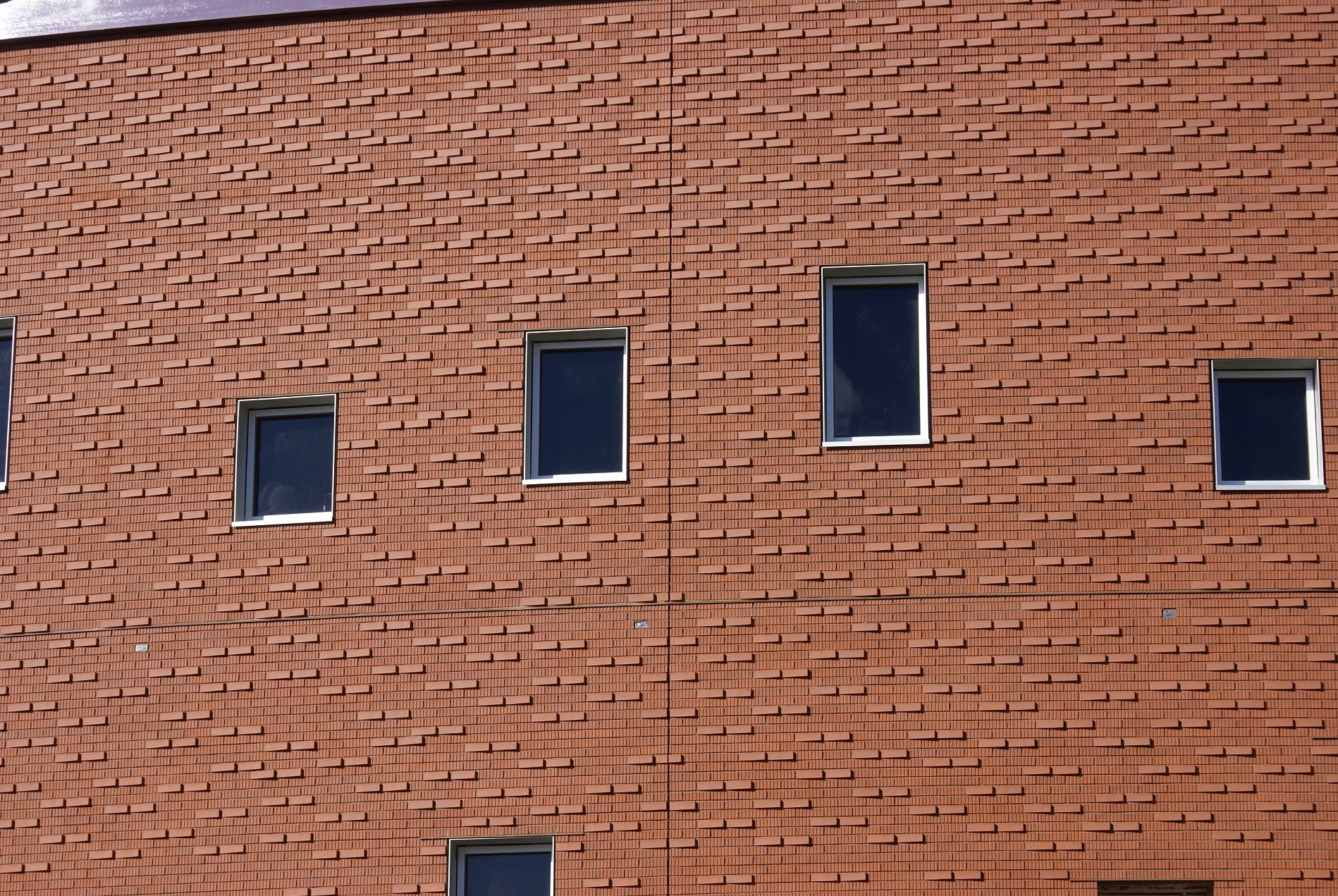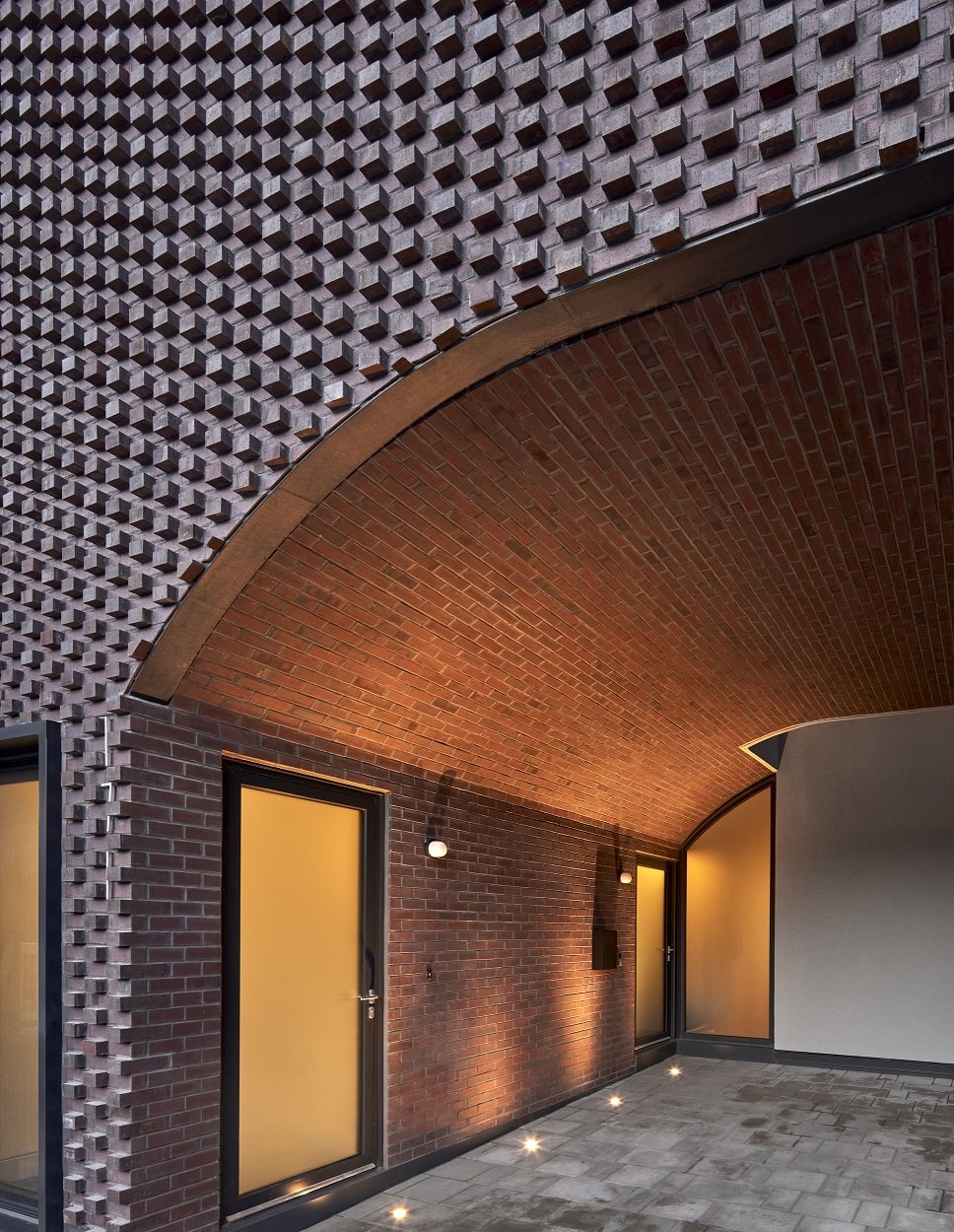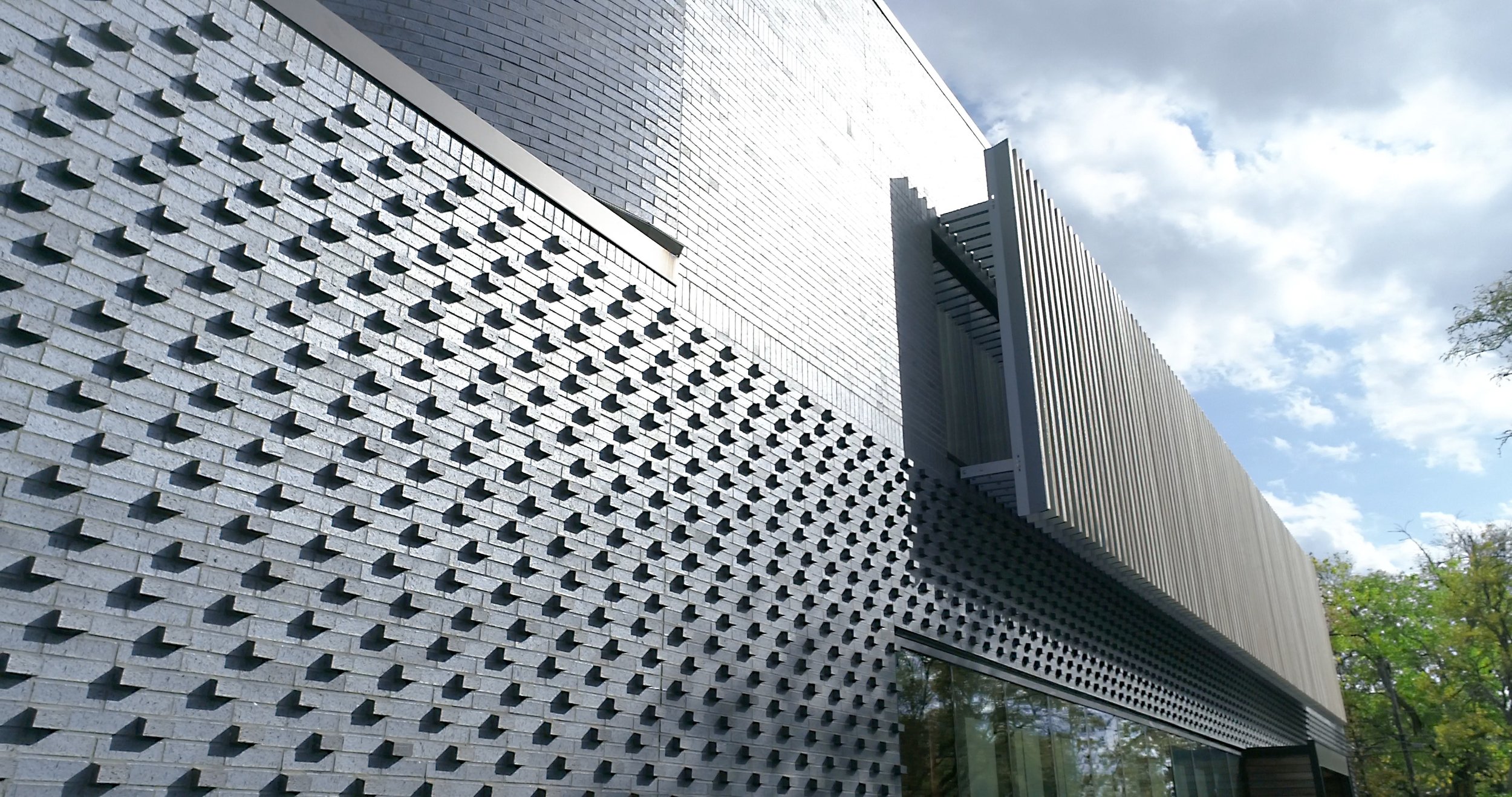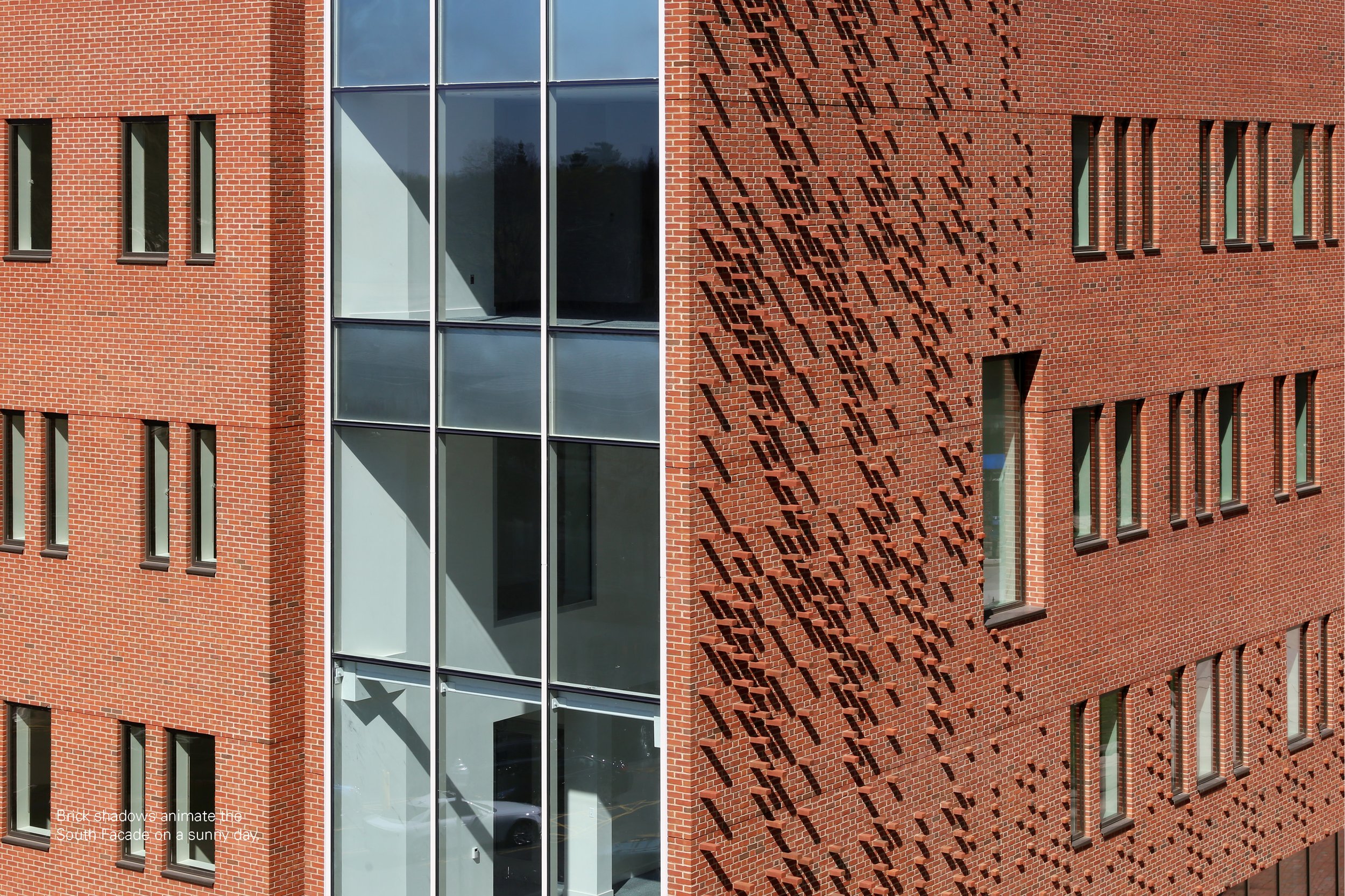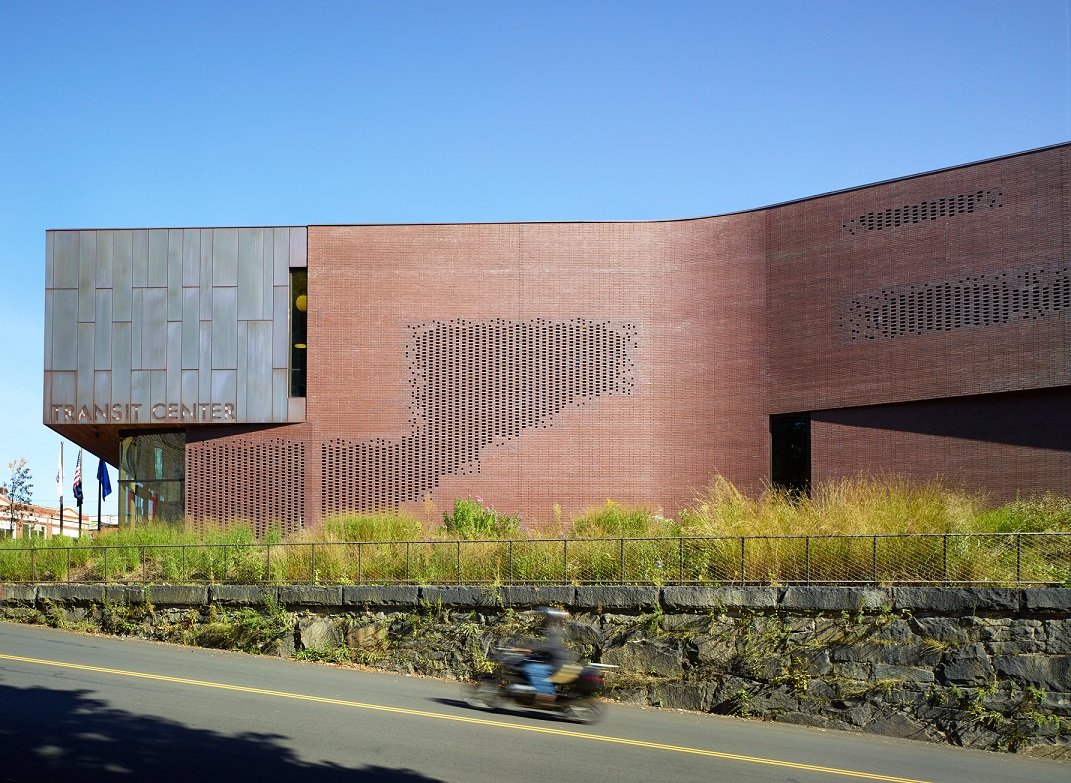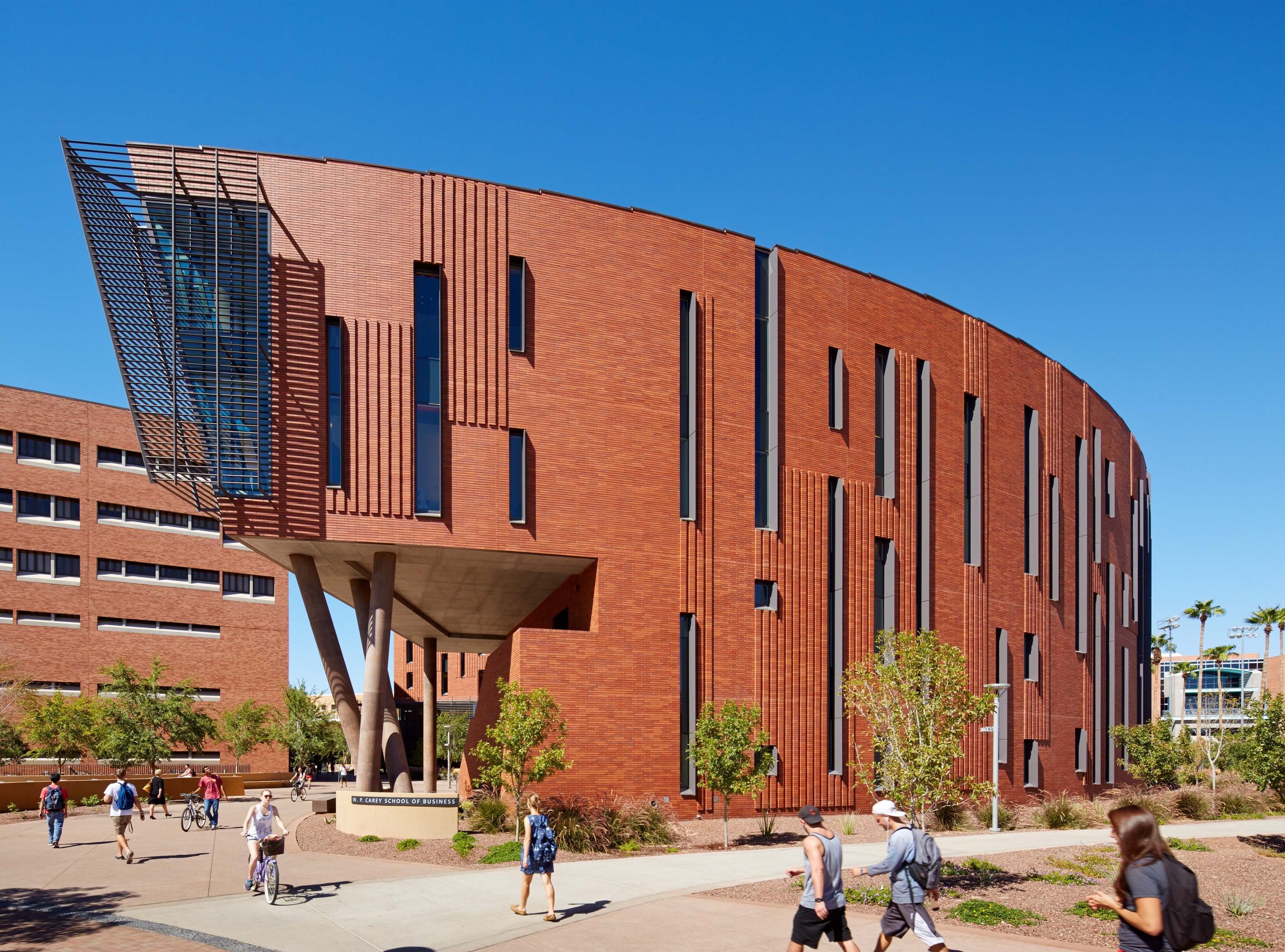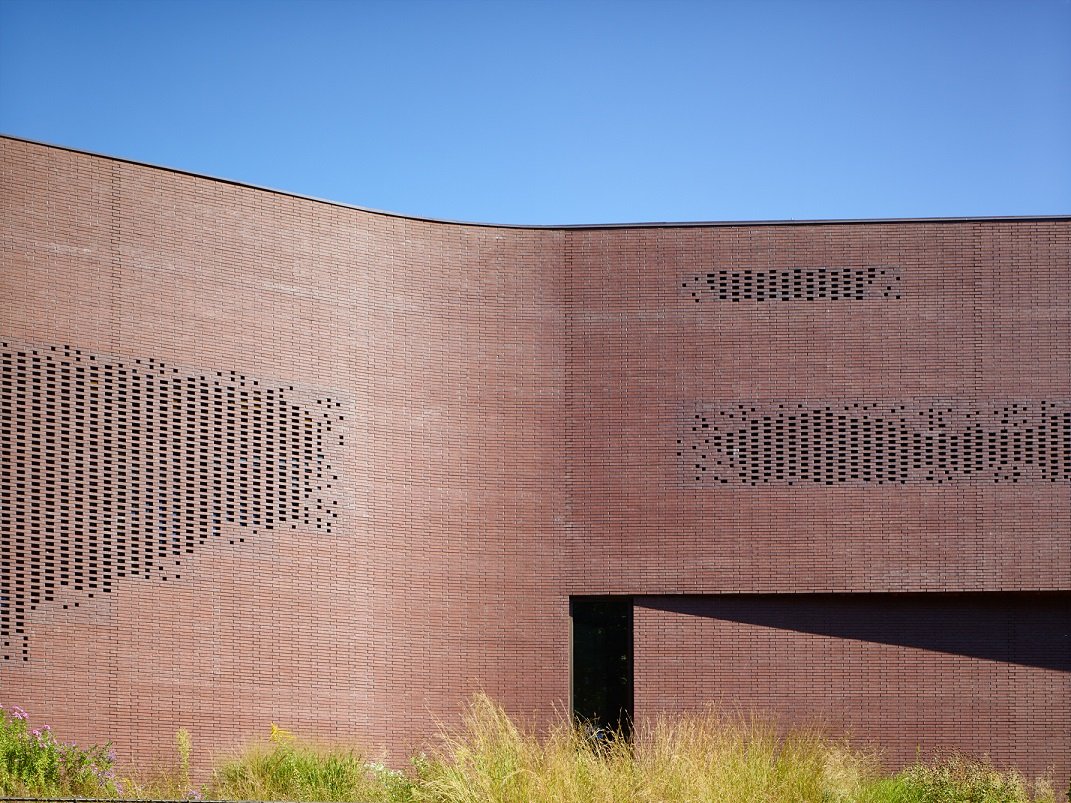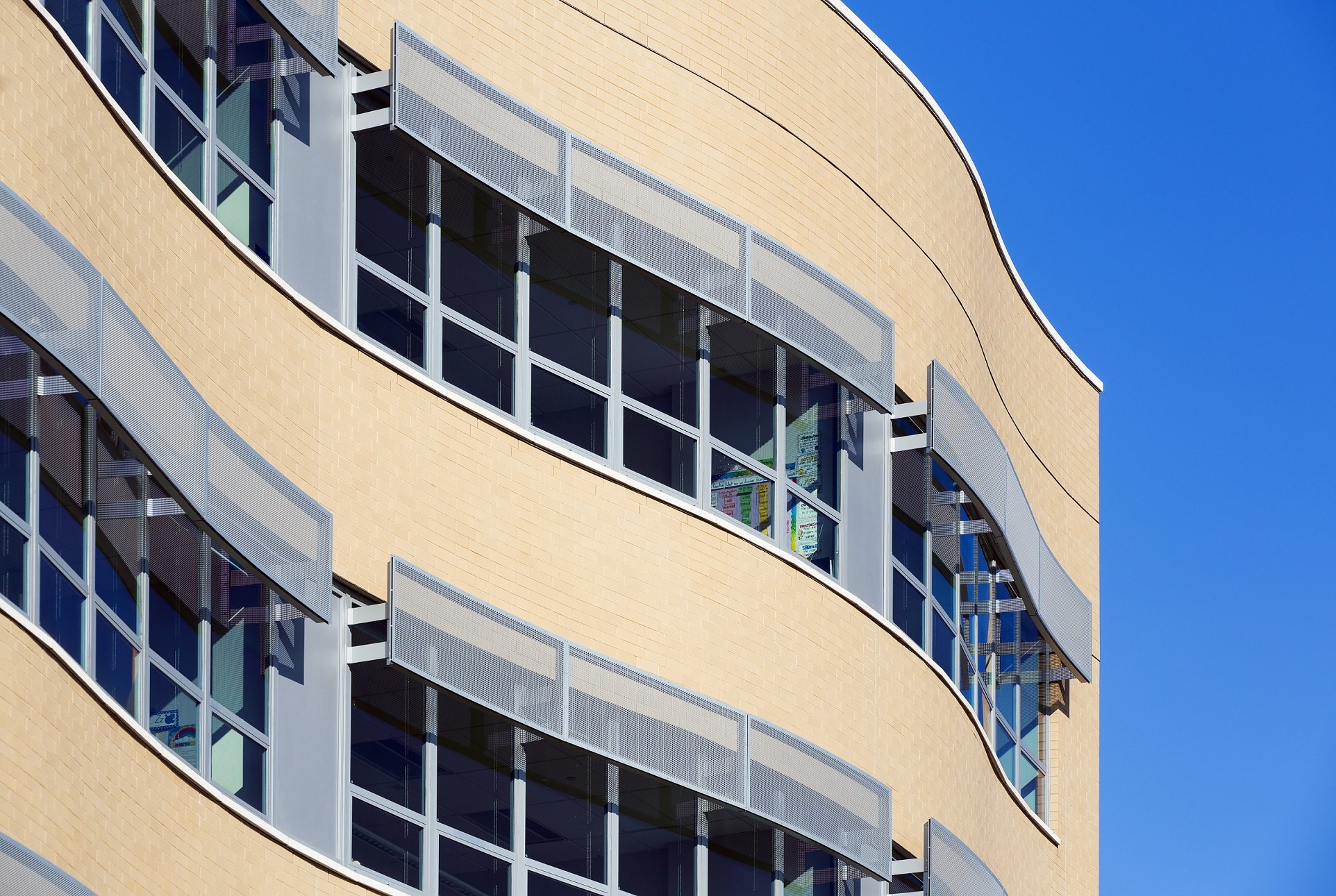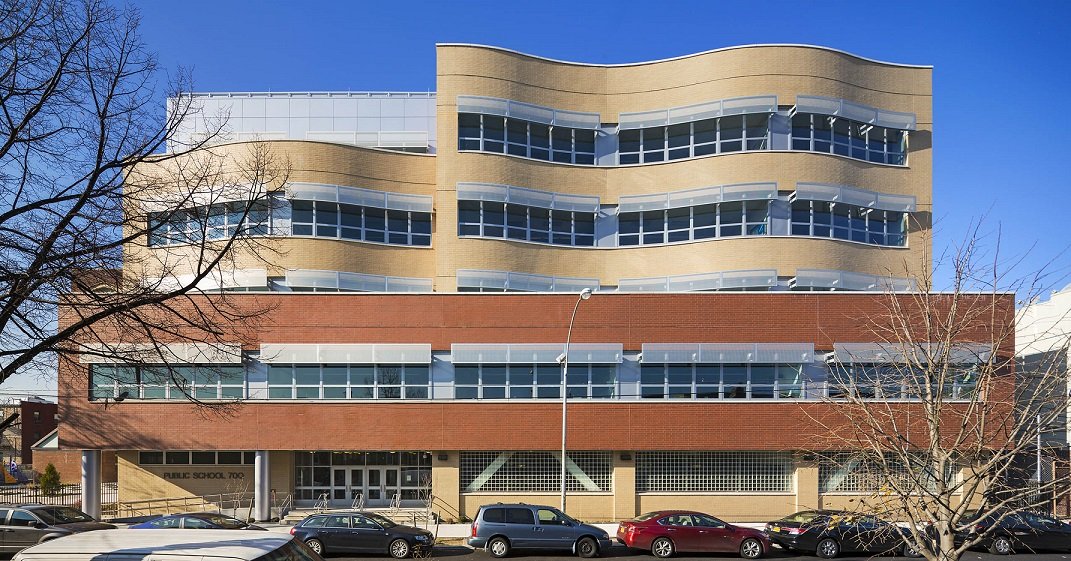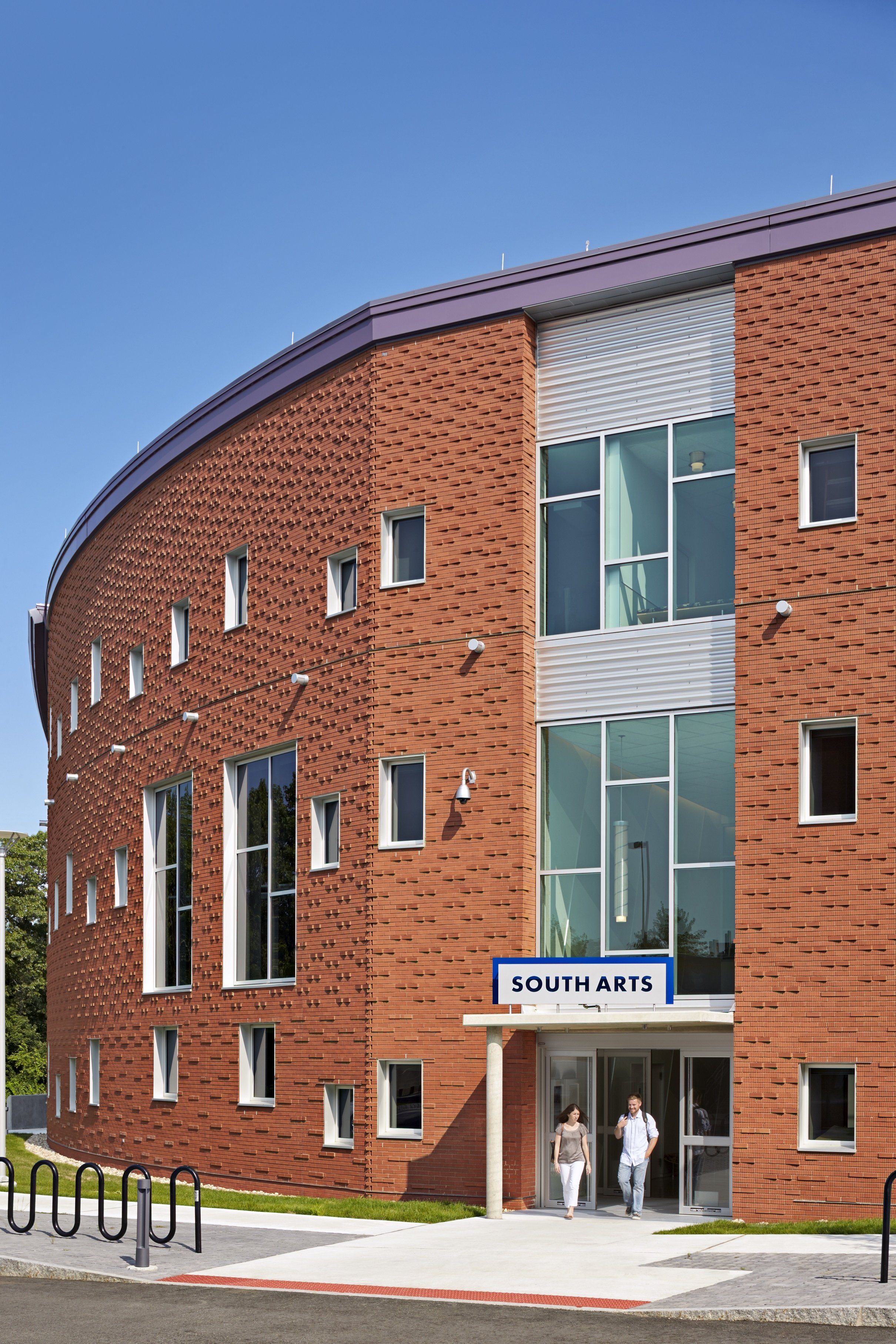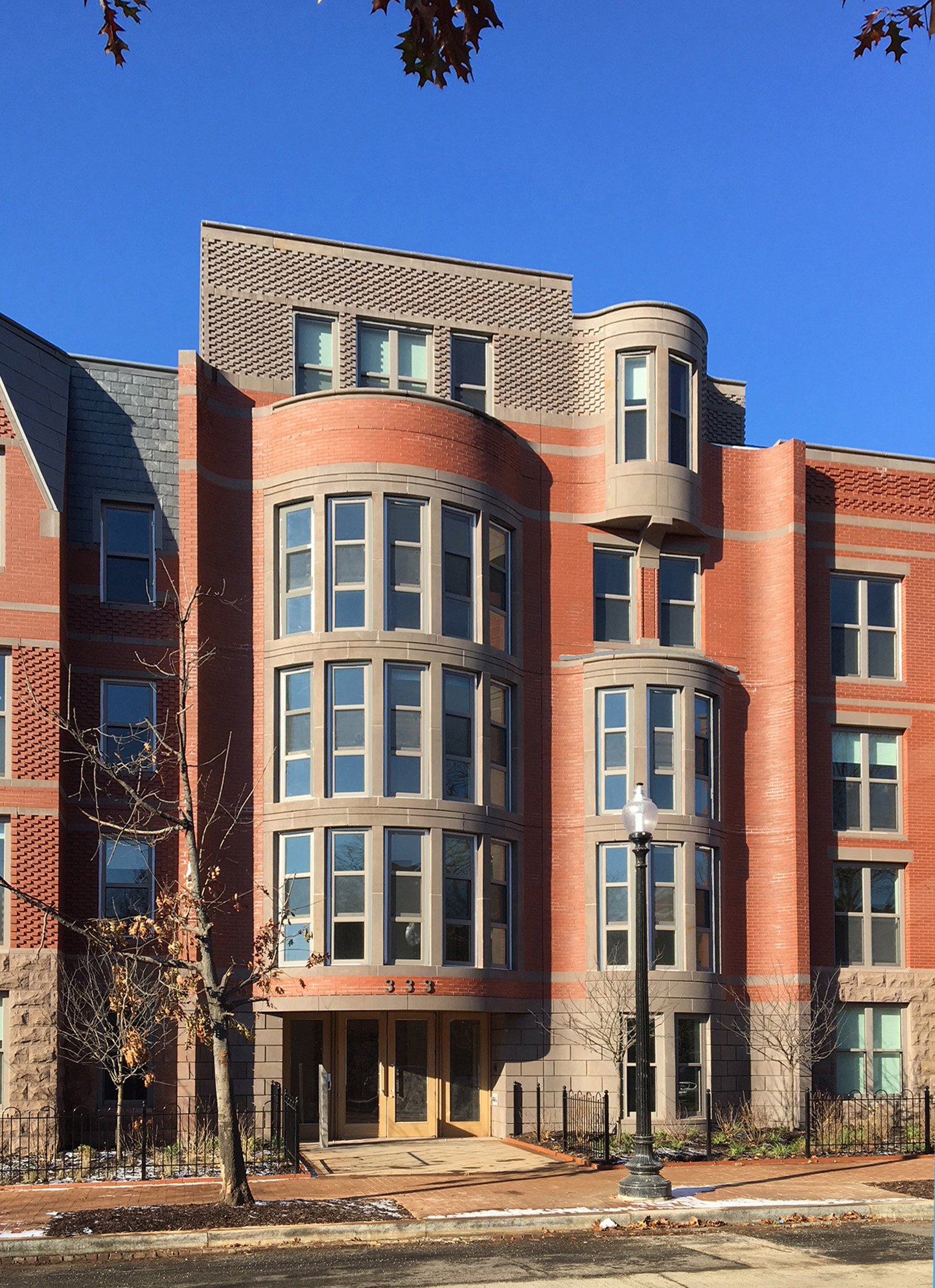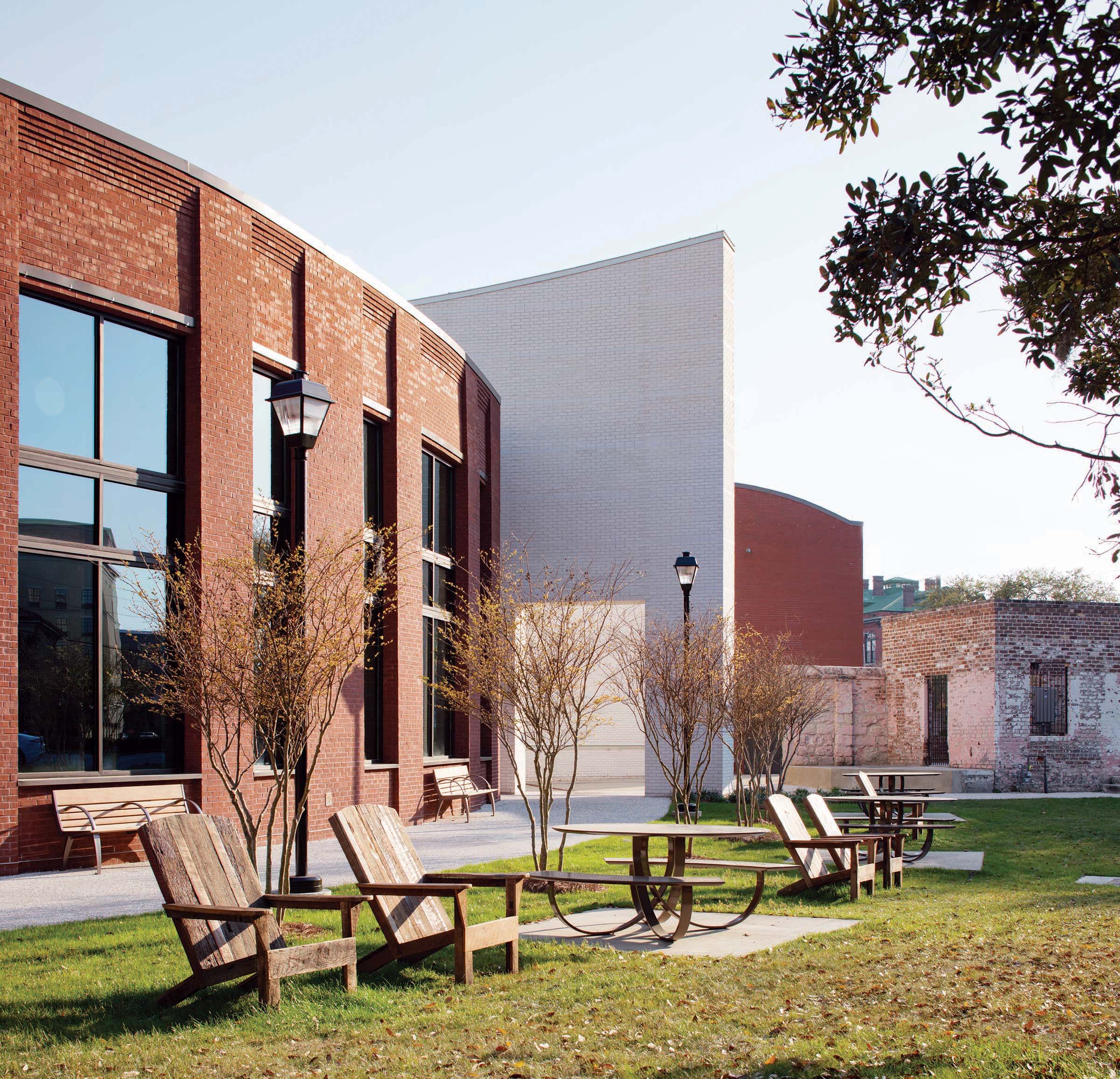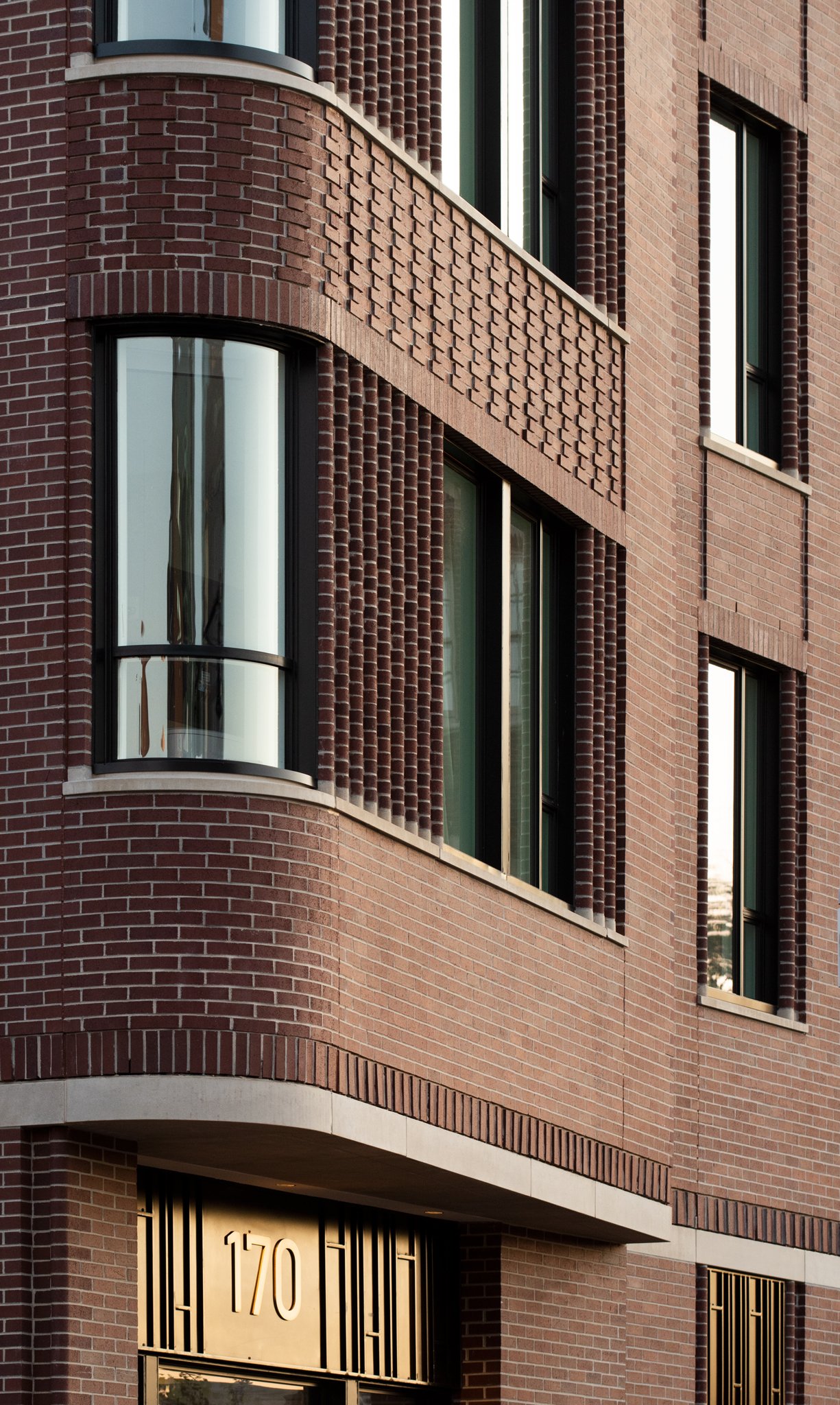3 top contemporary brick details for your next design
/Fired clay brick has greater design flexibility than virtually any other facade material, serving traditional and contemporary styles equally well. Its flexibility is enhanced by its application to a variety of aesthetic details, some long-used and predictably elegant and others that bring an unexpected twist to modern designs.
Here are three details finding popularity in contemporary designs:
Decorative brick screen walls
Unlike functional rain screen walls which are designed to manage water penetration by equalizing air pressure on both sides of brick veneer, the screen walls referred to here are mostly about aesthetics. Sure, this type of screen wall can hide rooftop mechanical while still allowing ample airflow, but that sort of function is just icing on a very beautiful and dramatic cake. Screen walls create shadow and depth by leaving wide gaps between brick units. Obviously not useful as fully sealed barriers, screen walls often find use as soft transitions between outside and inside spaces, and their semi-transparency hints at even more interesting design just beyond.
Protruding patterns
Brick’s relatively small size and shape allows for endless creativity in the collective arrangement of brick units. Pattern can be created with traditional bonds, but pattern (or anti-pattern) can also come from brick piercing the facade plane on a variety of angles, depths, and at regular or completely random intervals. Some patterns convey movement by creating a static wave in the masonry, while others throw the viewer off-kilter with intentional unpredictability. In all cases patterns of protruding brick create a texture that is impossible to achieve with other materials.
Bent walls
Brick facades don’t have to terminate or change directions at right angles. Yes, most brick units are hard-edged with rectangular faces, but curved walls can be achieved to dramatic effect in a couple of ways. Brick can be cut at angles at their head joints to allow a gradual change of direction. The greater the span of wall over which the direction change is made, the more the shape of the facade approximates a curve. For the appearance of softer curves on a facade, brick can be custom made to the designer’s specifications, with each individual unit having the desired curve literally baked in.
That’s just a small sample of the aesthetic details available with brick. Your imagination is the only limit!
Coming soon, 3 top traditional brick details for your next design.


